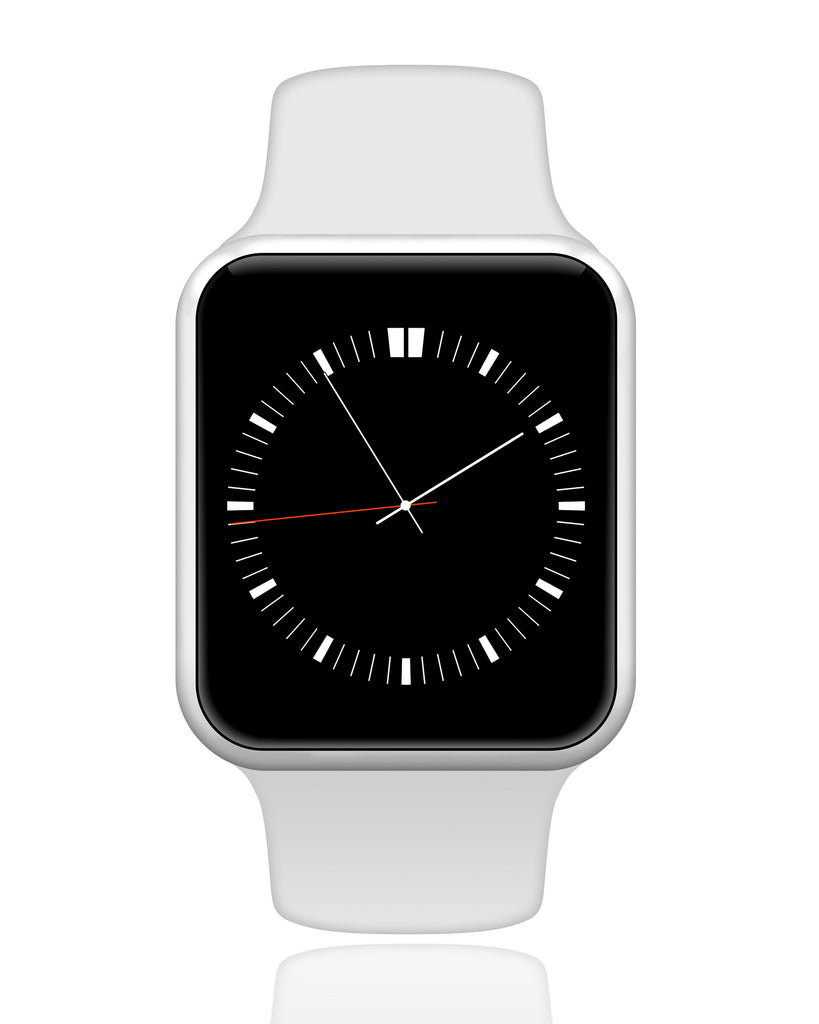
When you go hunting for a new ring to give your beloved, you might ask yourself "what is the best ring material?” There’s plenty to choose from, and yet few materials actually stand out from the crowd as functionally superior. Some people prefer the lustre of gold, others the sparkle of silver, and yet those two popular materials pale in comparison to titanium.
What are the Benefits of Titanium for Apple?
To the uninitiated, titanium is just another metal. For those who have seen and felt the options out there, titanium is immediately distinct.
Visually, titanium is highly flexible. It may be polished to a mirror-like finish, brushed for a soft and satin look, or coated with our Black Diamond finish.
Functionally, titanium has several advantages over the other traditional jeweler materials.
Titanium is:
-
Exceptionally lightweight, making it perfect for all-day wear
-
Hypoallergenic, meaning no rashes or wear (a common problem with silver and nickel jewelry)
-
Exceedingly strong with longevity to spare
For those Apple users eyeing up a new titanium watch, expect to be impressed. There is a clear visual distinction that brings a bit of class to the watch that hasn’t been seen before.
Why Is Apple Using Titanium in Their Apple Watches?
Apple’s distinction has long been a result of their eye for design. The MacBook’s success is due in equal parts to its aesthetic and functional characteristics. So why are most Apple products made of aluminum? Because it costs slightly less, and you aren’t wearing a MacBook around your finger or neck daily.
Since jewelry is smaller in size, the material choice is less cost-prohibitive. Apple’s choice of material is largely a byproduct of cost vs. demand. Would someone pay nearly twice as much for a product that is made of a superior metal alloy? When compared to other laptops on the market, aluminum alloys are already a significant step ahead.
But when the product uses a much smaller quantity of the material, Apple is able to offer options to users that they otherwise would not be able to afford.
Enter titanium. At a cost roughly twice that of aluminum, and half that of ceramic, titanium cased Apple Watches will be immediately distinguishable from their older relatives. Doubly so since the ceramic option, costing a small fortune more than the base model, looks more like an expensive plastic than a quality metal.
So why did it take this long for Apple to catch on to the titanium hype? It could be due to the difficulty in manufacturing titanium-based products. Due to the strength of the material, it is challenging to mold and shape without highly specialized equipment. Again, it comes back to the costs associated with offering a new material. Aluminum is much more pliable and available in mass quantities for manufacturers globally.

Leave a comment
Please note, comments must be approved before they are published